Shape matched total knee replacement
Traditional knee replacement
Knee replacements are a very effective treatment for end stage osteoarthritis of the knee. Results have continued to improve with increased understanding of natural knee movement and subsequent design alterations. A small number of people, however, continue to experience pain or stiffness following a replacement and this has motivated surgeons and engineers to seek better ways of carrying out the operation. Various technologies including computer navigation and, more recently robotics have been developed to increase the accuracy of surgery. The rate of persistent pain has, however, remained largely unchanged. This has led some surgeons to reconsider the basic goals of the surgery we are carrying out.
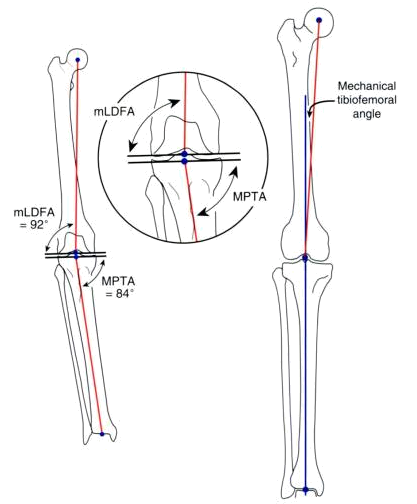
Knee alignment
Traditionally, knee replacements have been aligned with the aim of achieving a straight line from the centre of the hip, through the centre of the knee to the centre of the ankle - a hip knee ankle (HKA) angle of zero. It was thought that this would improve stability of the knee, increase the lifetime of the implant and improve function. It can be seen from the chart below that only around 15% of the population have an HKA angle of zero and there is wide variation across the normal population. Some people have "bowed" knees and some have "knocked" knees. Some surgeons now believe that forcing the soft tissues of knees that did not start life straight to rotate around an unnatural axis may result in persistent pain.
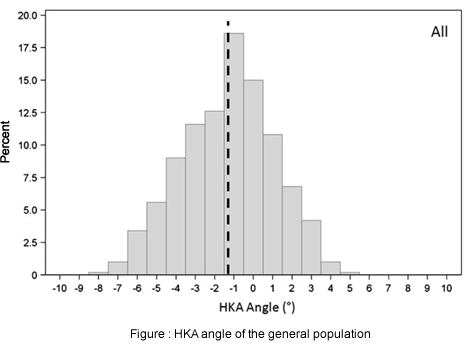
Shapematched total knee replacement
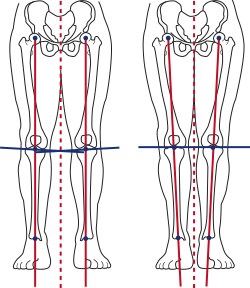
In some patients, such as those with oblique alignment, it is possible that aiming to restore their natural knee alignment with their knee replacement, rather than aiming for straight alignment, would result in better function and a more normal feeling knee. Shape matched knees aim to restore the patient's natural knee alignment. Importantly, the alignment needs to be restored in all three planes to work and up until now, conventional imaging and instruments have been unable to meet this challenge.
Some patients will have natural alignment well away from neutral or deformity outside the joint and may not be suitable.
Technology
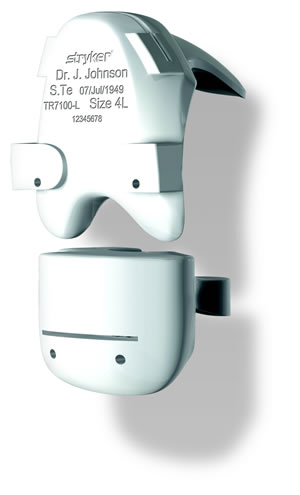
Two recent technologies have allowed surgeons to achieve this new goal. The first is MRI scanning. This enables a three dimensional image of the knee to be created and used as a virtual model to plan the knee replacement. The second is rapid prototyping and 3D printing. This allows the manufacture of customised, patient specific instruments used to carry out the surgery. Armed with these two technologies and some powerful softwear, an arthritic knee can be mapped, the replacement planned and some customised blocks produced. These blocks allow the natural alignment of the patient's knee to be accurately reproduced during the replacement surgery.
Not all patient specific instruments (PSI) are the same.
Most of the companies now have what they call patient specific or custom instruments. All of the knee replacement implant companies bar one use those instruments to produce neutral rather than natural alignment. This will therefore possibly achieve more accurate surgery but the results would be expected to mirror those of knee replacement with computer navigation. No better than standard instruments.
Teaching and training
I sit on the European Knee Advisory Panel for the company aiming for natural alignment and have been responsible for its introduction into the UK. We have carried out initial studies of this new technique and have been extremely impressed with the early results. More centres and surgeons are now being introduced to the technology and I have produced a web based seminar and instructional course for surgeons wanting to adopt it in addition to operating theatre visits.
I am working with the company on a European register to collect data on all knees replaced using this technique.
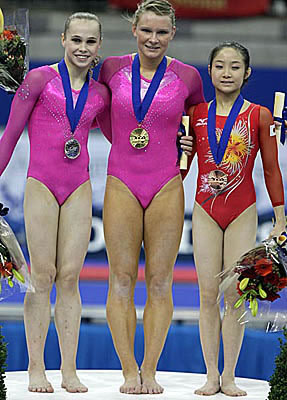
Individual alignment
People's knees are all different. Even elite athletes will have natural knee alignment that varies greatly. Their ligaments, muscles and tendons are all accustomed to moving and working around this natural alignment. It would seem logical and sensible to attempt to restore the natural alignment of the knee when considering knee replacement surgery.
Bristol
Contact us on
0117 980 4037
or
0117 980 4046

